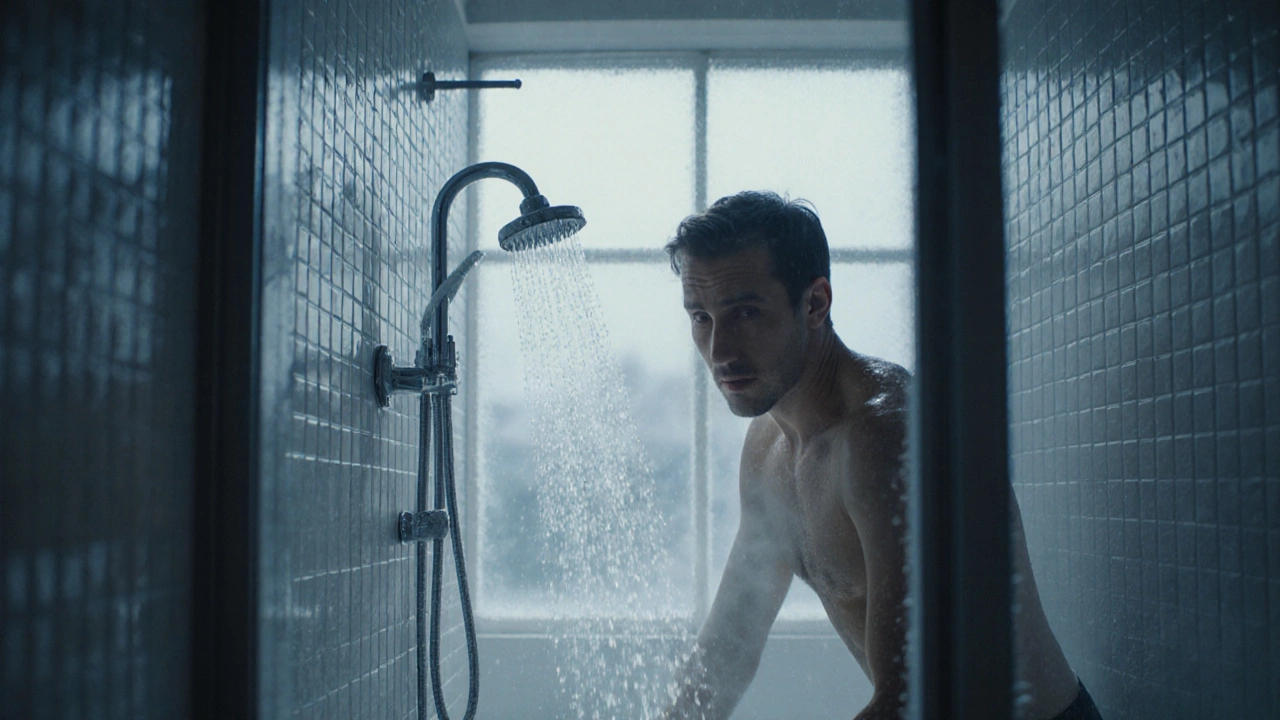Discover why hot water stops flowing, from thermostat failures to pilot‑light problems, and learn practical DIY steps to restore hot water fast.
No Hot Water Fix: Quick Solutions for Your Home
When dealing with no hot water fix, the process of restoring hot water to a household system. Also known as hot water outage resolution, it often starts by checking the water heater, the appliance that heats and stores water for domestic use and the boiler, the central heating unit that can also provide hot water. Both pieces of equipment share a common fuel source and control board, so a fault in one can affect the other. Knowing that a no hot water fix usually means tracing a fault from the thermostat to the heating element helps you avoid unnecessary part swaps. In short, the first step is to confirm power and gas supply, then move on to the specific components.
Common Causes and the Tools You Need
The next entity you’ll encounter is the thermostat, the sensor that tells the system when water has reached the set temperature. A stuck thermostat can keep the heating element off, leaving you with cold showers. Pair that with a faulty pressure relief valve, a safety device that releases excess pressure from the water heater, and you have a recipe for intermittent hot water loss. Checking these parts doesn’t require a PhD—just a screwdriver, a multimeter, and a bit of patience. If the valve leaks or the thermostat reads incorrectly, replace them before moving on to the more expensive parts. When you’re unsure about handling gas‑powered components, a Gas Safe Engineer, a certified professional licensed to work on gas appliances is the safest bet. Their expertise ensures the repair complies with UK safety regulations and keeps your warranty intact.
Beyond the thermostat and valve, two hidden culprits often show up: sediment buildup inside the tank and a faulty electrical relay. Sediment acts like insulation, forcing the heating element to work harder and eventually overheat, which triggers the system’s safety shut‑off. Flushing the tank annually clears the grit and restores efficiency. The relay, on the other hand, is the switch that tells the element when to turn on; a worn relay will chatter and prevent the heater from firing. Both issues are inexpensive to fix if you catch them early, and addressing them can extend the life of your water heating system by years. Remember, a well‑maintained water heater works hand‑in‑hand with the boiler, so regular servicing of the boiler also reduces the chance of a no‑hot‑water scenario.
Now that you’ve got a clear picture of the main players—water heater, boiler, thermostat, pressure valve, and the professionals who can help—you're ready to dive deeper. Below you’ll find a curated list of articles that walk you through each symptom, show you step‑by‑step diagnostics, and tell you exactly when it’s time to call a specialist. Whether you’re a DIY‑enthusiast or just want to know what’s going on before you pick up the phone, the collection offers practical advice tailored to Nuneaton homes.

